WSZYSTKO OD RAZU. PIERWSZE 18 LAT MSN
(Muzeum Sztuki Nowoczesnej w Warszawie)ALL AT ONCE. FIRST 18 YEARS OF MSN
(Museum of Modern Art in Warsaw)
On March 16, 2005, Gazeta Wyborcza featured a news item from Defilad Square. "The removal of the steel buildings and the construction of the Museum of Modern Art on Defilad Square were announced yesterday by the Minister of Culture and the Deputy Mayor of Warsaw," wrote Dariusz Bartoszewicz and, citing the promises of the decision-makers, added "The edifice is expected to be ready by early 2008 at the latest.
The story that "like a lens focuses most of the post-transformation tensions" is shared with you 18 years later, as we prepare to move to the new Museum of Modern Art headquarters on Defilad Square. This is a good time to go back to the Museum's beginnings and look at how it was shaped - with all the difficulties and successes.
Book design, typesetting and prepress:
Ludovic Balland Typography Cabinet GmbH, Basel
Ludovic Balland & Annina Schepping, Jonas Brüggemann, Gosia Stolińska, Rafayel Sdanewitsch
Softcover, 186x255 mm, printed in Warsaw
Authors: Stach Szabłowski, Joanna Mytkowska, Marcel Andino Velez, Grzegorz Piątek, Sebastian Cichocki, Tomasz Fudala, Katarzyna Szotkowska
Published by Muzeum Sztuki Nowoczesnej w Warszawie / Museum of Modern Art in Warsaw
©2023 Museum of Modern Art in Warsaw
— excerpted from the book, an essay by @stachszablowski titled "Ballad of Making (a Certain Institution) Real."
The story that "like a lens focuses most of the post-transformation tensions" is shared with you 18 years later, as we prepare to move to the new Museum of Modern Art headquarters on Defilad Square. This is a good time to go back to the Museum's beginnings and look at how it was shaped - with all the difficulties and successes.
Book design, typesetting and prepress:
Ludovic Balland Typography Cabinet GmbH, Basel
Ludovic Balland & Annina Schepping, Jonas Brüggemann, Gosia Stolińska, Rafayel Sdanewitsch
Softcover, 186x255 mm, printed in Warsaw
Authors: Stach Szabłowski, Joanna Mytkowska, Marcel Andino Velez, Grzegorz Piątek, Sebastian Cichocki, Tomasz Fudala, Katarzyna Szotkowska
Published by Muzeum Sztuki Nowoczesnej w Warszawie / Museum of Modern Art in Warsaw
©2023 Museum of Modern Art in Warsaw


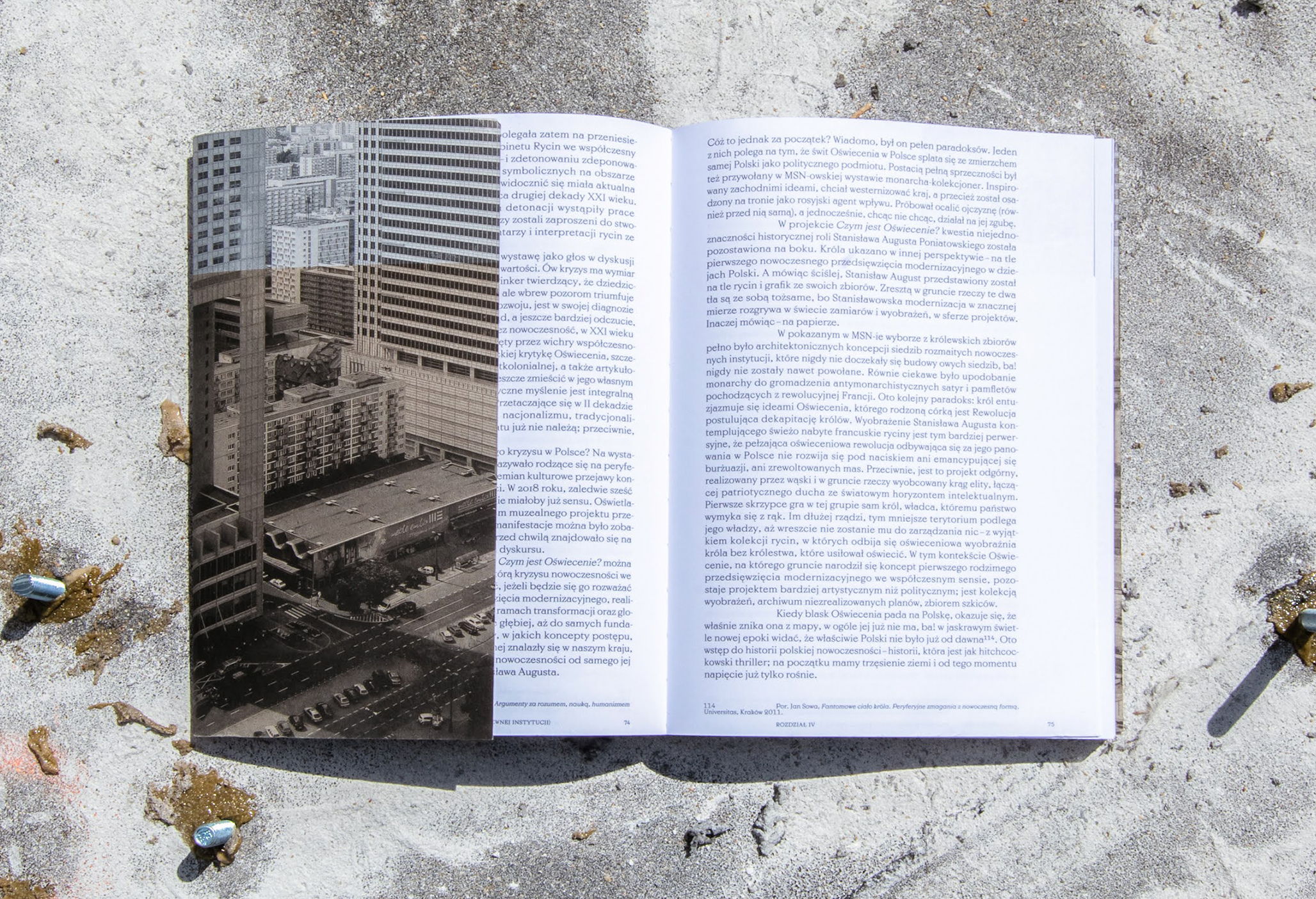
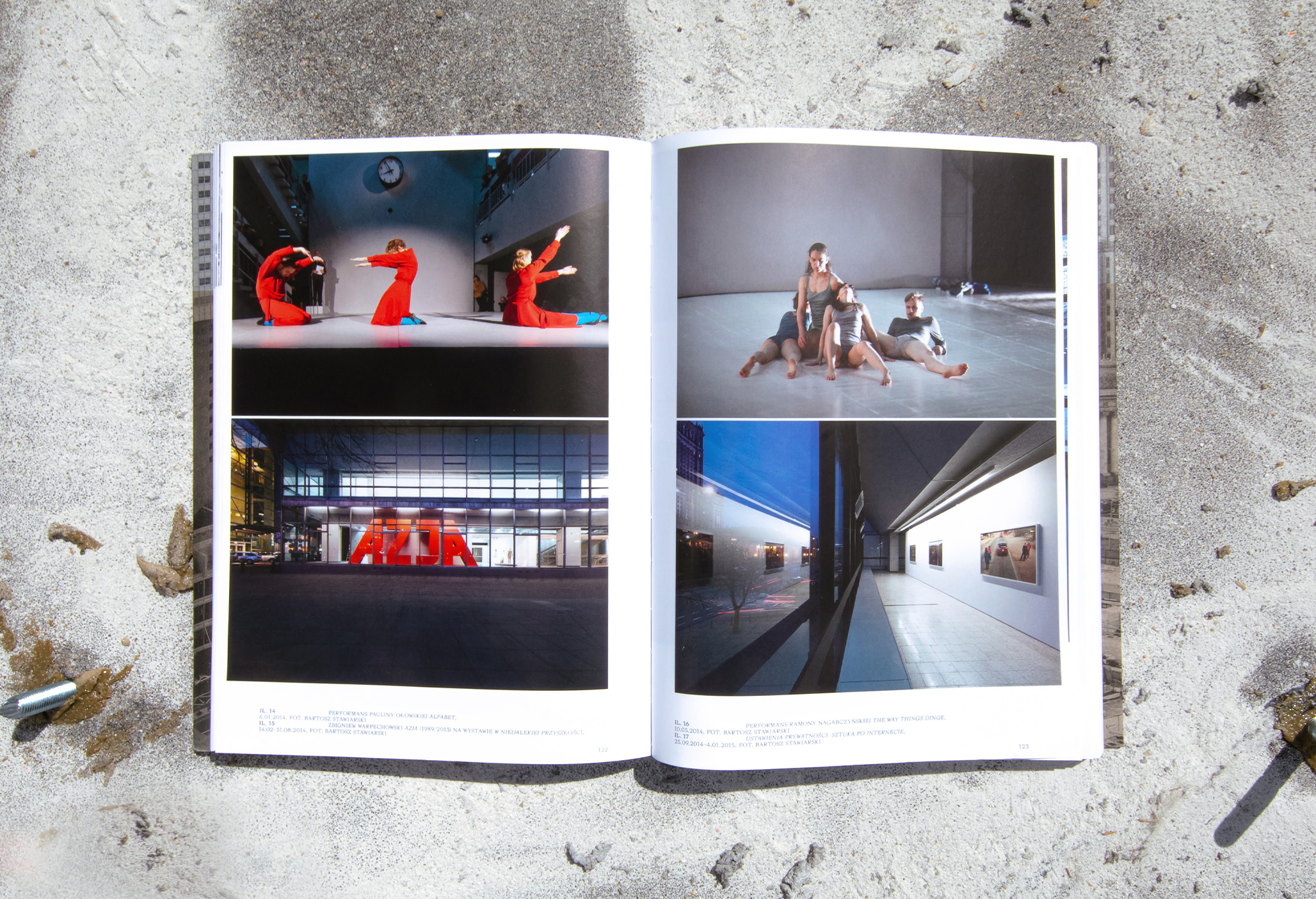

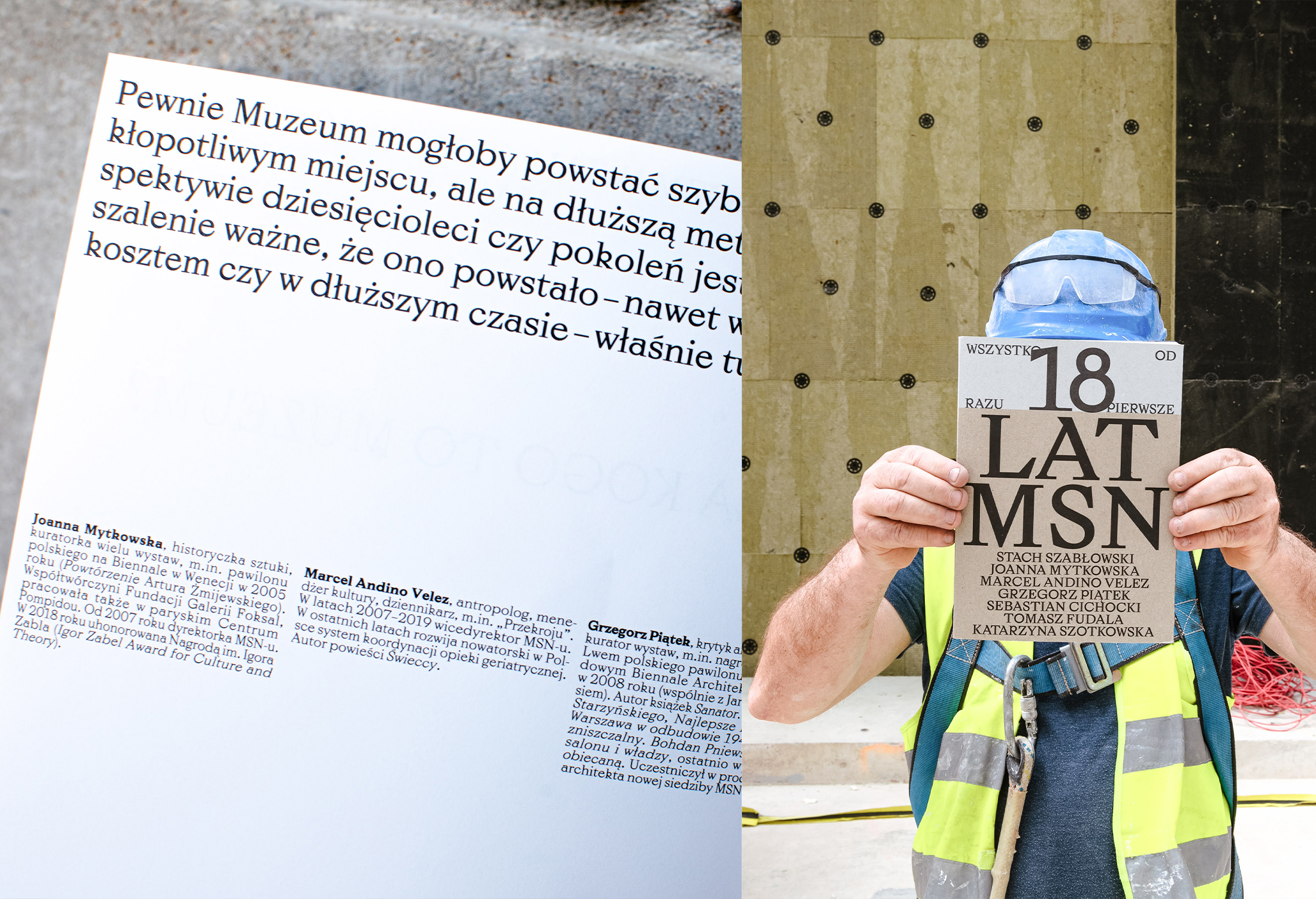
Thank you!
Follow: @gosiastolinska
Follow: @gosiastolinska
Each of us has read something on social media that hurts.
The internet is full of examples of the enormous pressure women exert on one another.
It was an inspiration to create a book that explores the topic of pressure and hate on the Internet. Using the statements of the creators and psychology, sociology and history experts, "Don’t be offended, but" examines where the pressure comes from, how exorbitant expectations arise, how hate influences its recipients and how to deal with it. Conversations and essays alternate with real comments full of unwanted and negative advice.
Cover, book and promo set design: @gosiastolinska
Co-creator: @natalia_o_okresie
Esseys, interviews: @kasiagandor @mama_psycholog_dzieciecy @redlipstickmonster @cialopozytyw_polska @zofia.krawiec @billie_sparrow @paulina.inaczej @hania.es @jola_szymanska @nishka_movie @rytka__ @kulturaseksualna @janina.daily @kosmosdladziewczynek
©2021 Kasia Mecinski
The internet is full of examples of the enormous pressure women exert on one another.
It was an inspiration to create a book that explores the topic of pressure and hate on the Internet. Using the statements of the creators and psychology, sociology and history experts, "Don’t be offended, but" examines where the pressure comes from, how exorbitant expectations arise, how hate influences its recipients and how to deal with it. Conversations and essays alternate with real comments full of unwanted and negative advice.
Cover, book and promo set design: @gosiastolinska
Co-creator: @natalia_o_okresie
Esseys, interviews: @kasiagandor @mama_psycholog_dzieciecy @redlipstickmonster @cialopozytyw_polska @zofia.krawiec @billie_sparrow @paulina.inaczej @hania.es @jola_szymanska @nishka_movie @rytka__ @kulturaseksualna @janina.daily @kosmosdladziewczynek
©2021 Kasia Mecinski
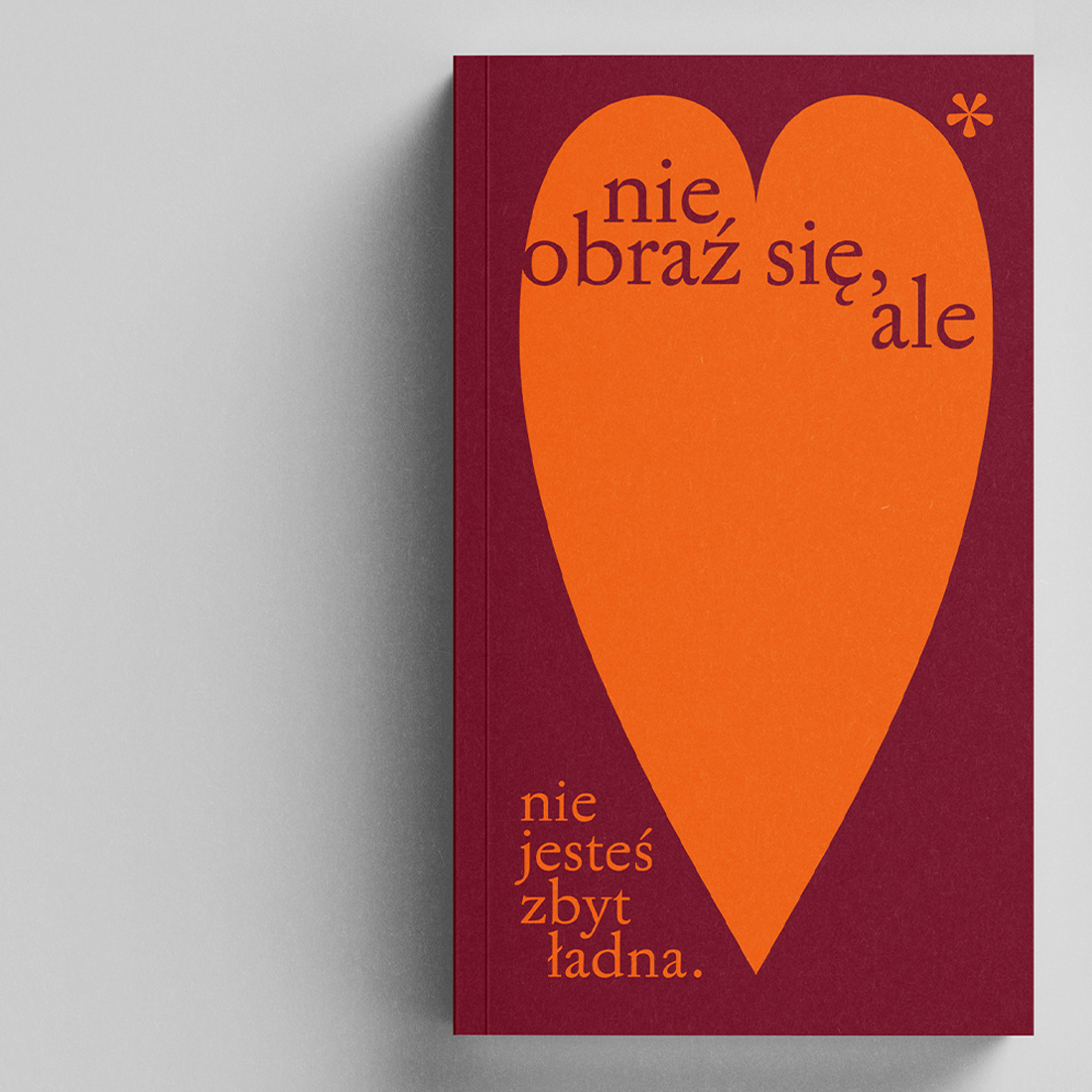










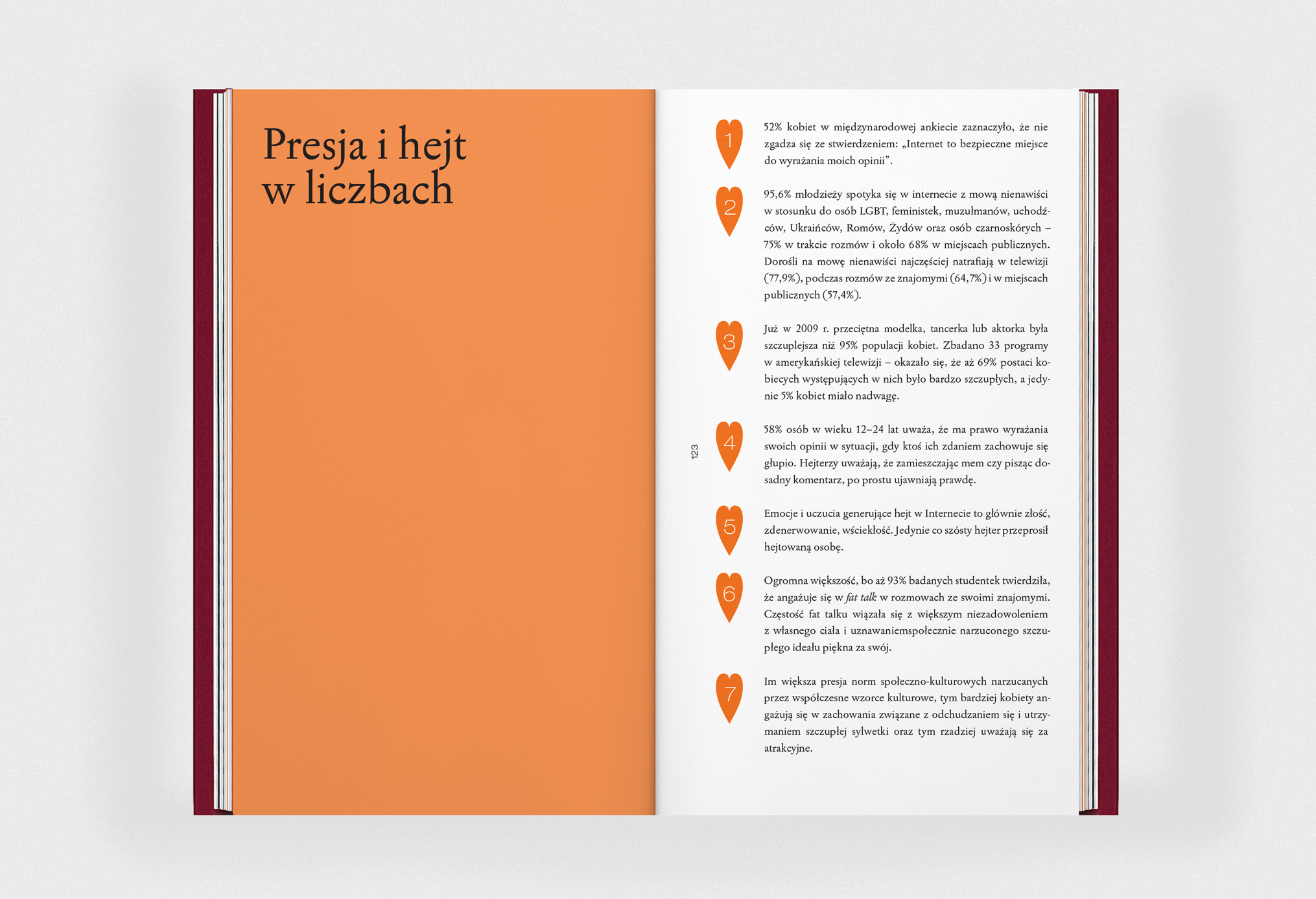


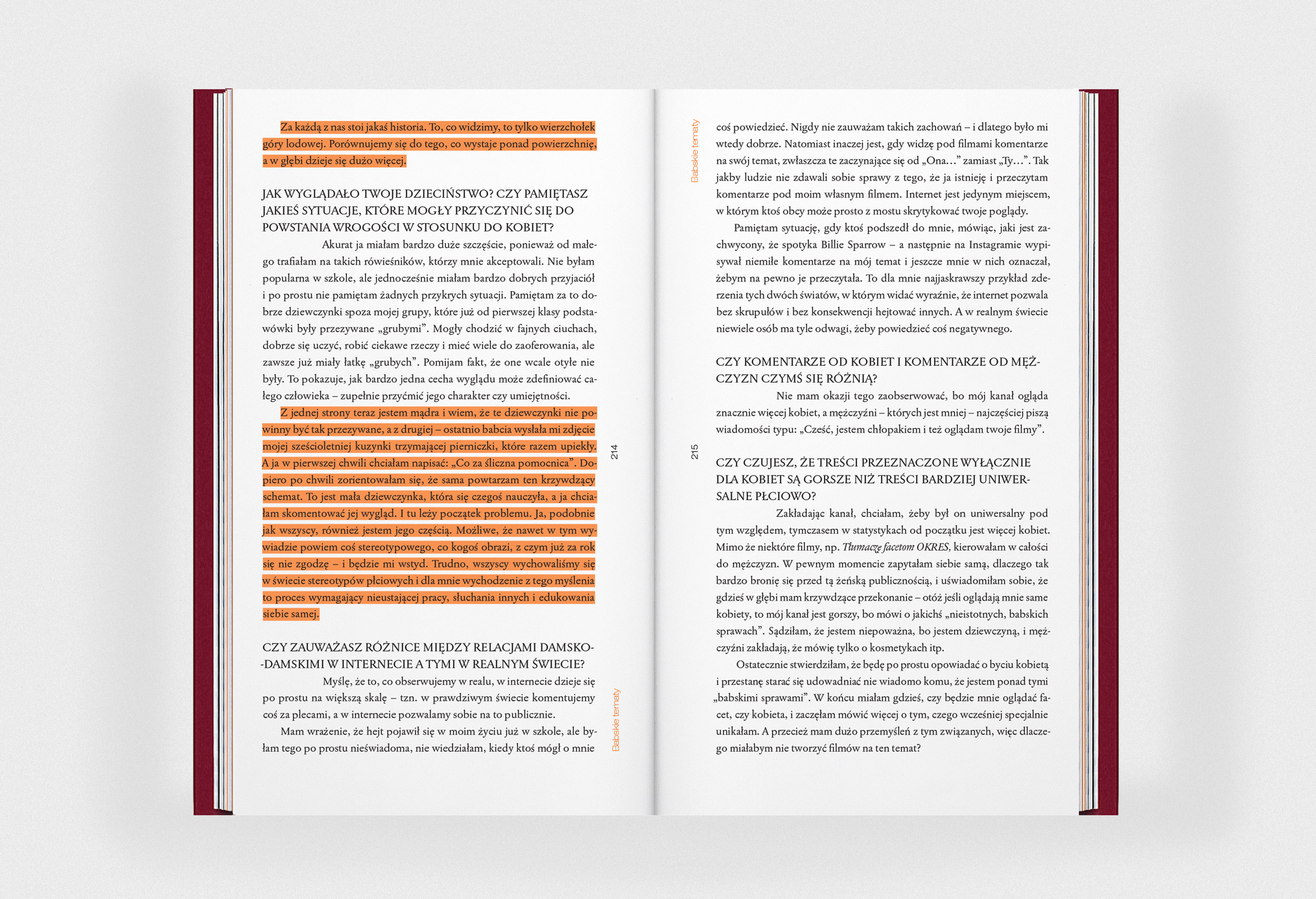
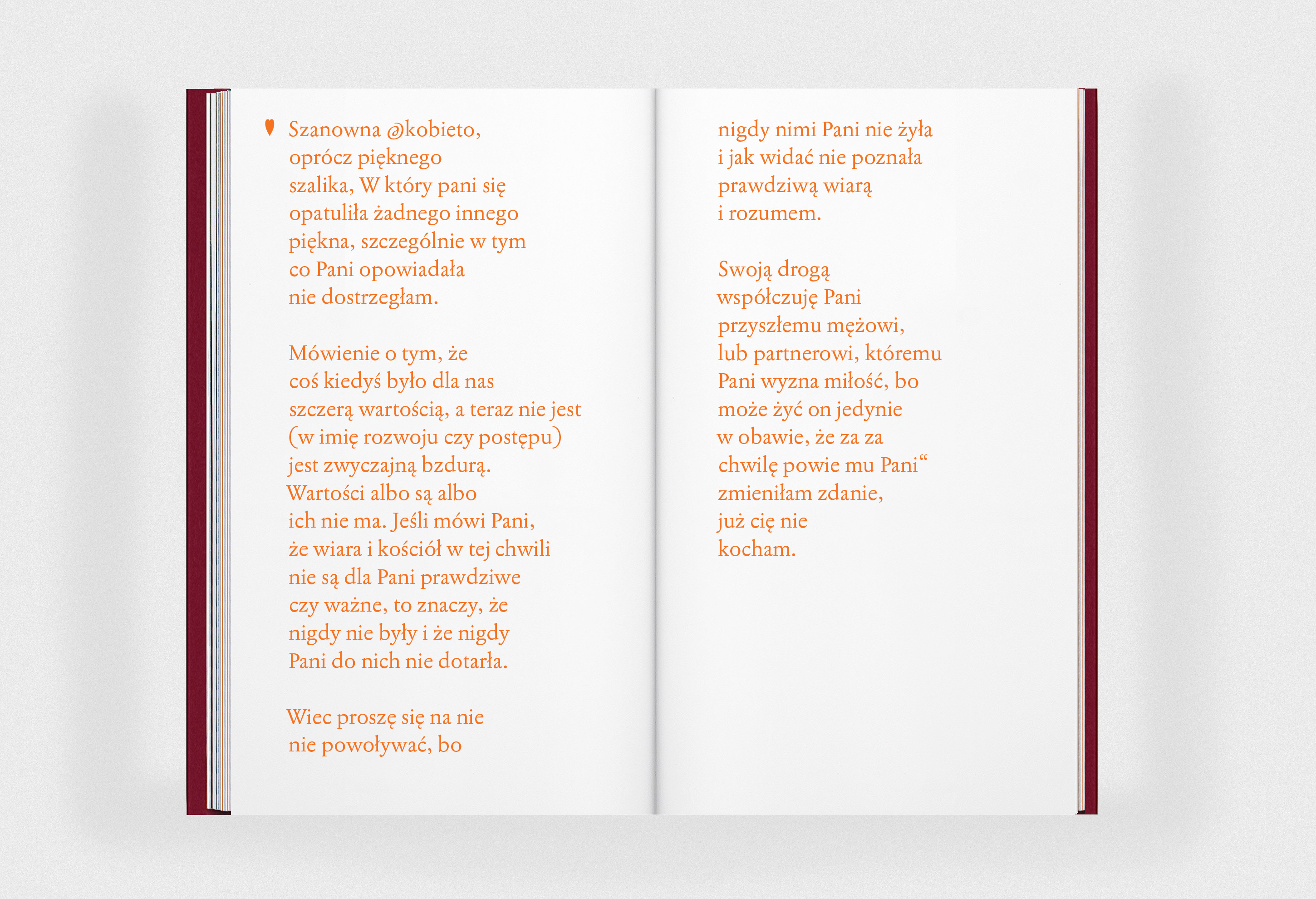


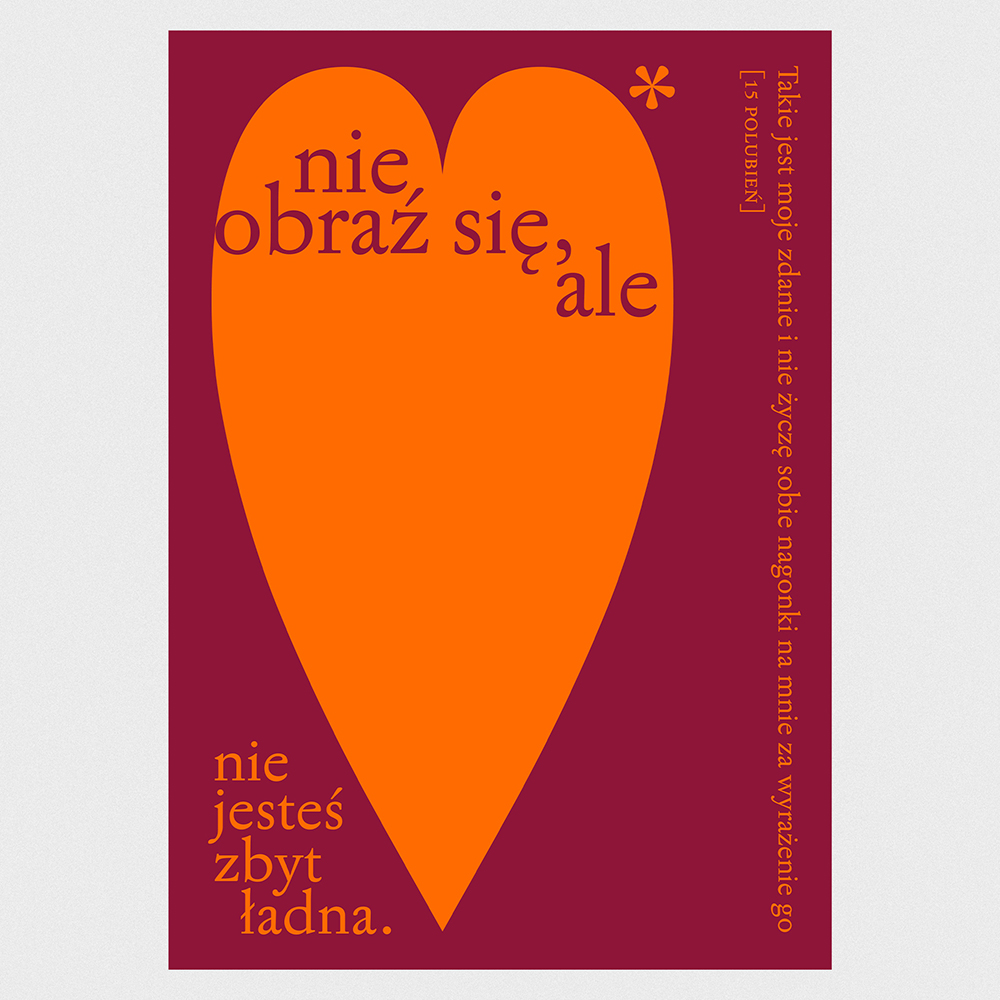

Promo set: tape pattern design, poster, pin.
Thank you!
Follow: @gosiastolinska
Follow: @gosiastolinska
Legendary Photographers in Poland.
Capa, Seymour, Barbey and others
“Legendary photographers in Poland” is a photographic story about the Polish People's Republic after World War II, about how Poland changed and how it was perceived by Western photojournalists. The photos of twelve photographers from the legendary Magnum Photos agency show communist Poland and the realities of life in the country behind the “iron curtain”.
The album presents a selection of almost 100 photos of prominent Magnum Photos photographers who made photojournalism in Polish country in the years 1948–1981. They were: Abbas Attar, Bruno Barbey, Werner Bischof, Robert Capa, Henri Cartier-Bresson, Elliott Erwitt, Jean Gauma, Erich Lessing, Peter Marlow, David Seymour, Ferdinando Scianna and Marilyn Silverstone.
Concept and photo selection: Anna Brzezińska
Words: Małgorzata Purzyńska
Cover and book design: Gosia Stolińska
Published by History Meeting House in Warsaw
cover photo: ©Werner Bischof / Magnum Photos—Warsaw, 1948.
©2021 History Meeting House in Warsaw
The album presents a selection of almost 100 photos of prominent Magnum Photos photographers who made photojournalism in Polish country in the years 1948–1981. They were: Abbas Attar, Bruno Barbey, Werner Bischof, Robert Capa, Henri Cartier-Bresson, Elliott Erwitt, Jean Gauma, Erich Lessing, Peter Marlow, David Seymour, Ferdinando Scianna and Marilyn Silverstone.
Concept and photo selection: Anna Brzezińska
Words: Małgorzata Purzyńska
Cover and book design: Gosia Stolińska
Published by History Meeting House in Warsaw
cover photo: ©Werner Bischof / Magnum Photos—Warsaw, 1948.
©2021 History Meeting House in Warsaw
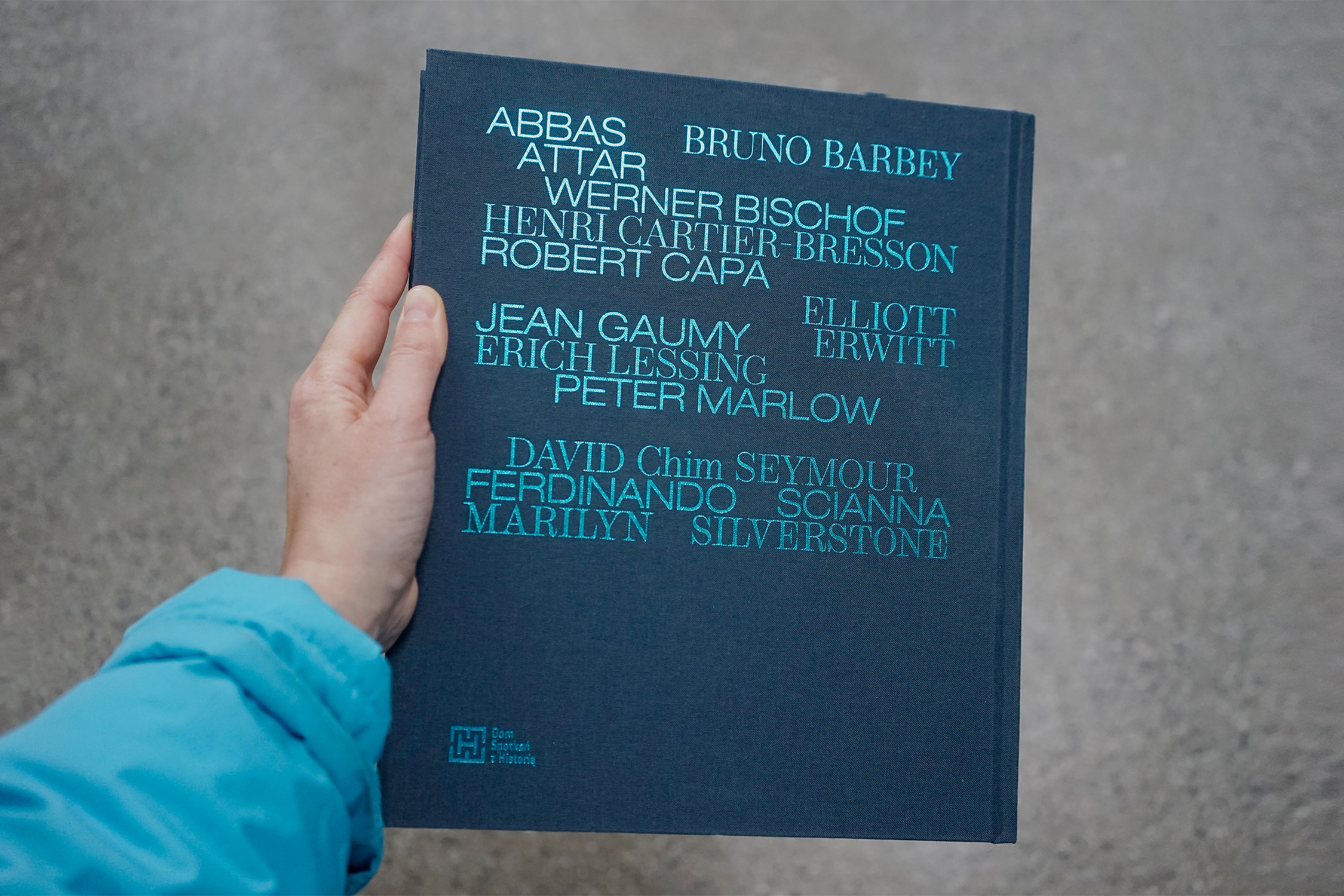
After World War II, the "Iron Curtain" divided Europe into two hostile camps - the democratic West and the autocratic East under the influence of the Soviet Union. Foreign photojournalists in Poland produced materials from important social and political events, documented war damage and support for aid organizations such as UNNRA, the Red Cross and UNICEF, as well as everyday life.
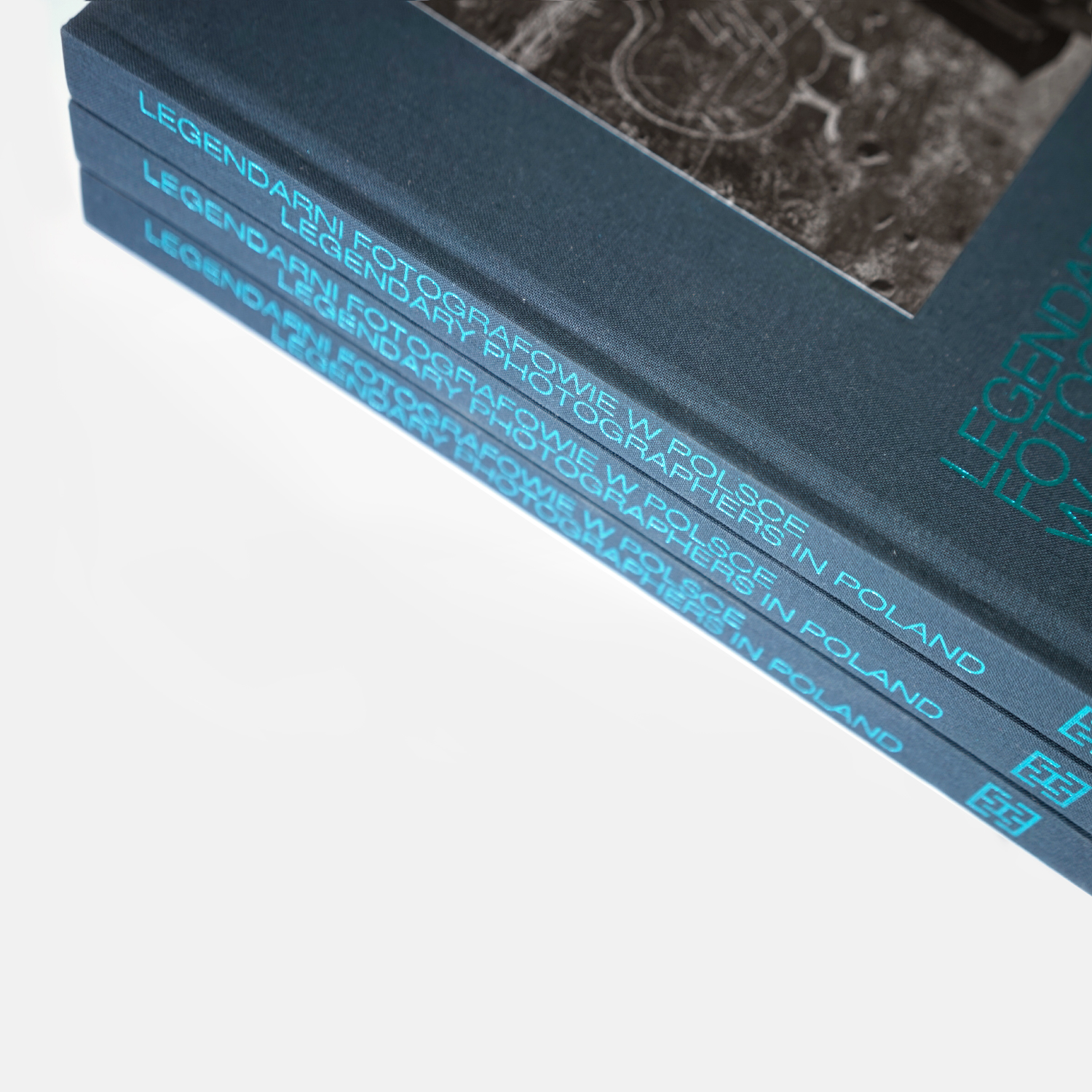
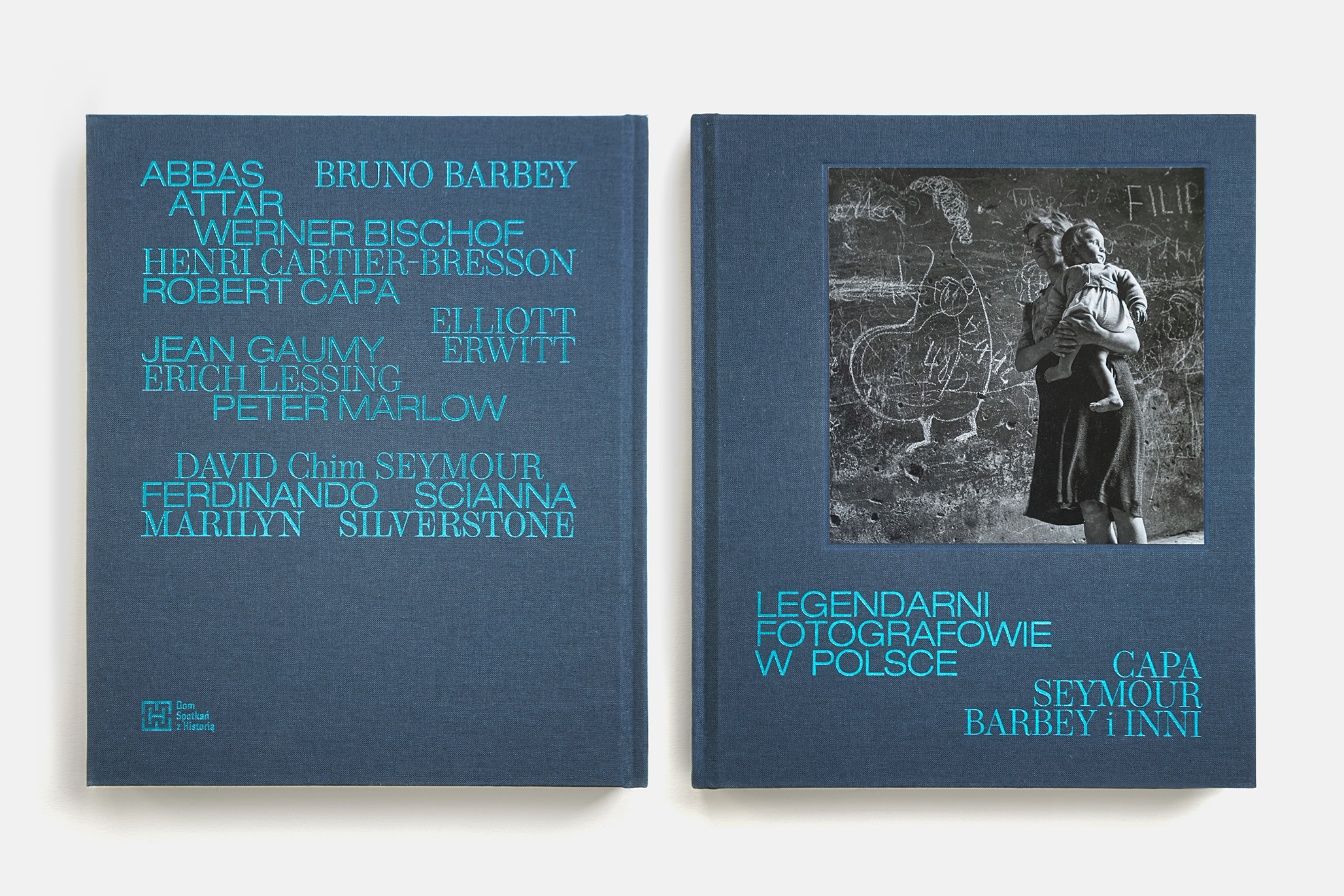
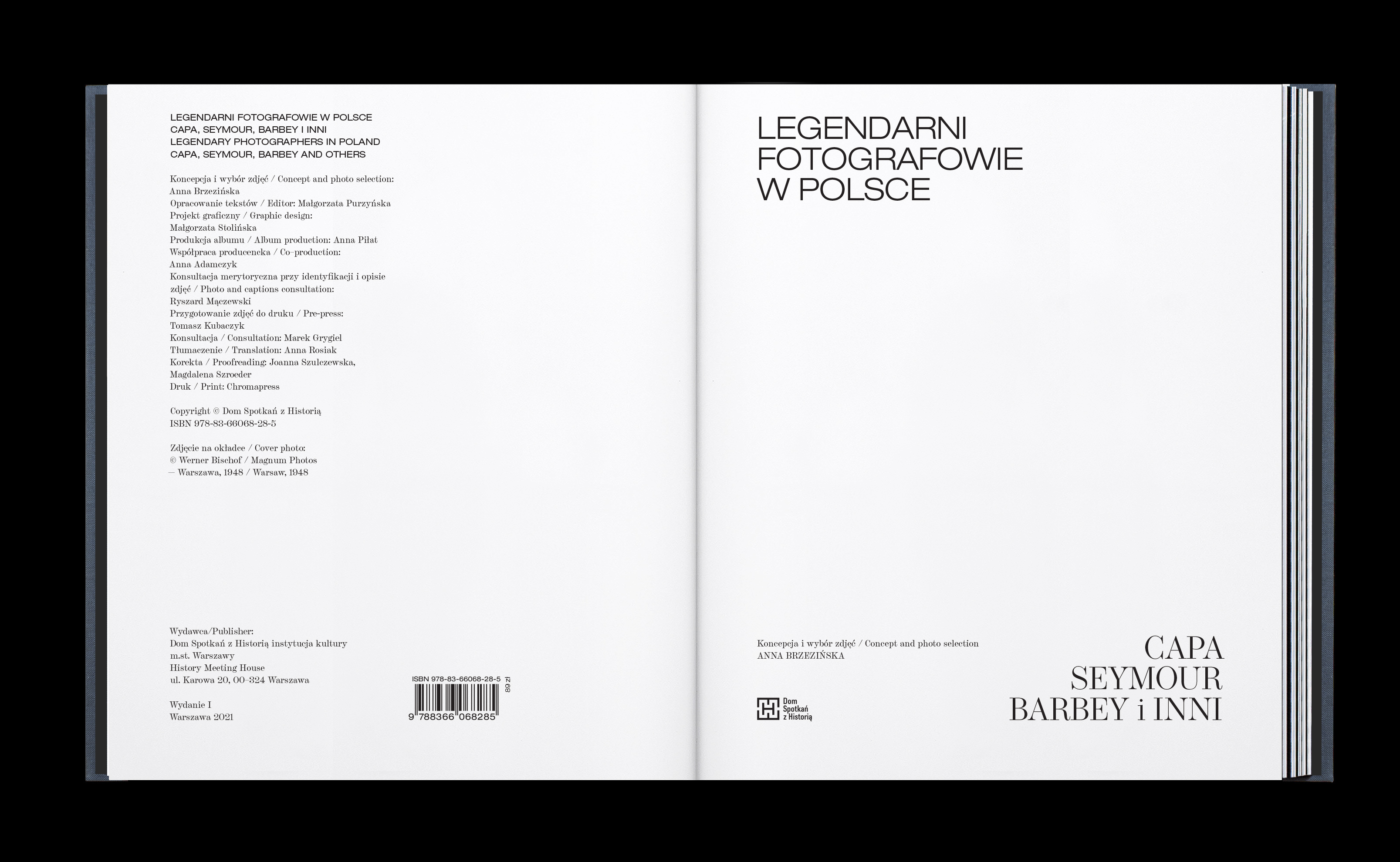


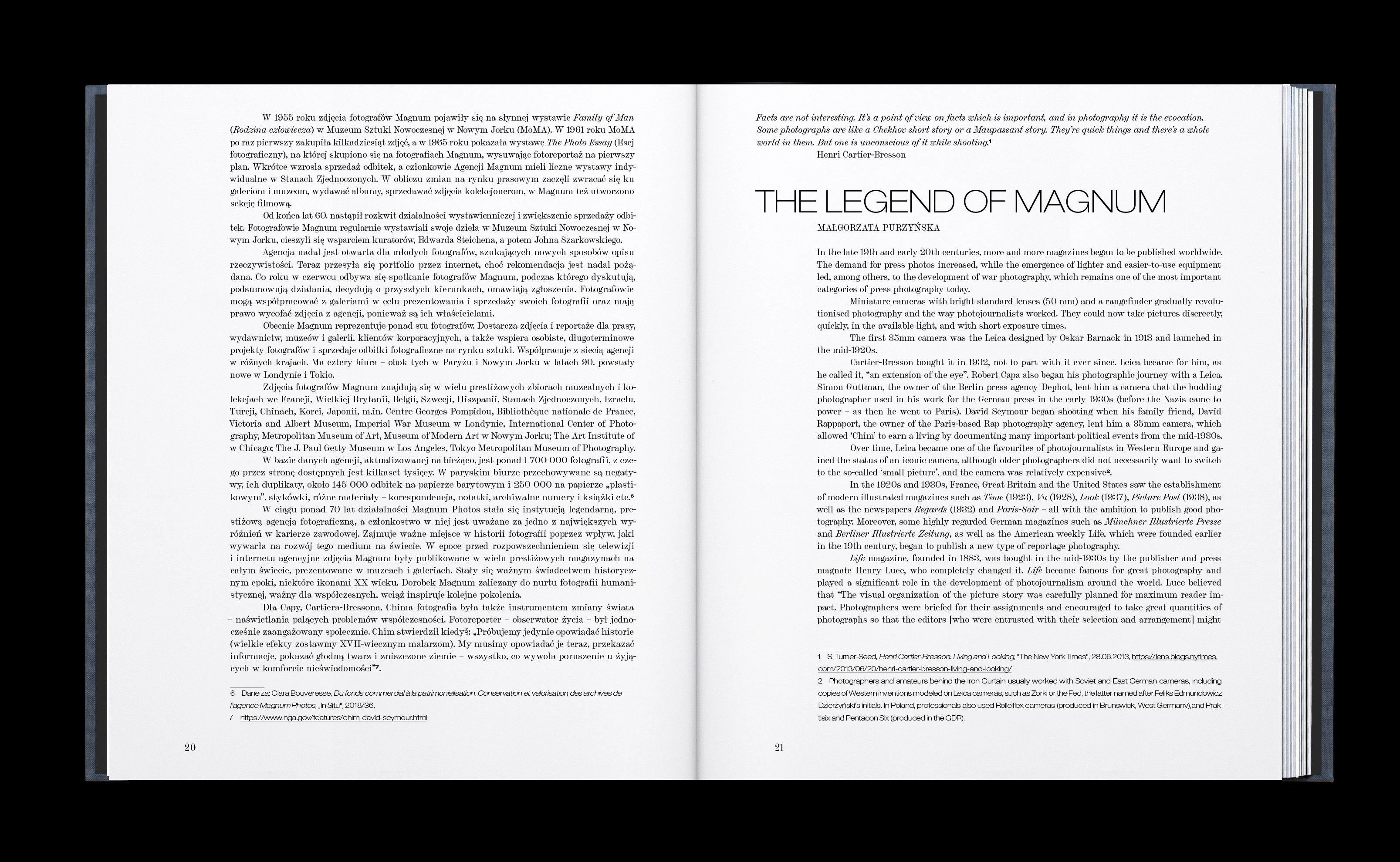



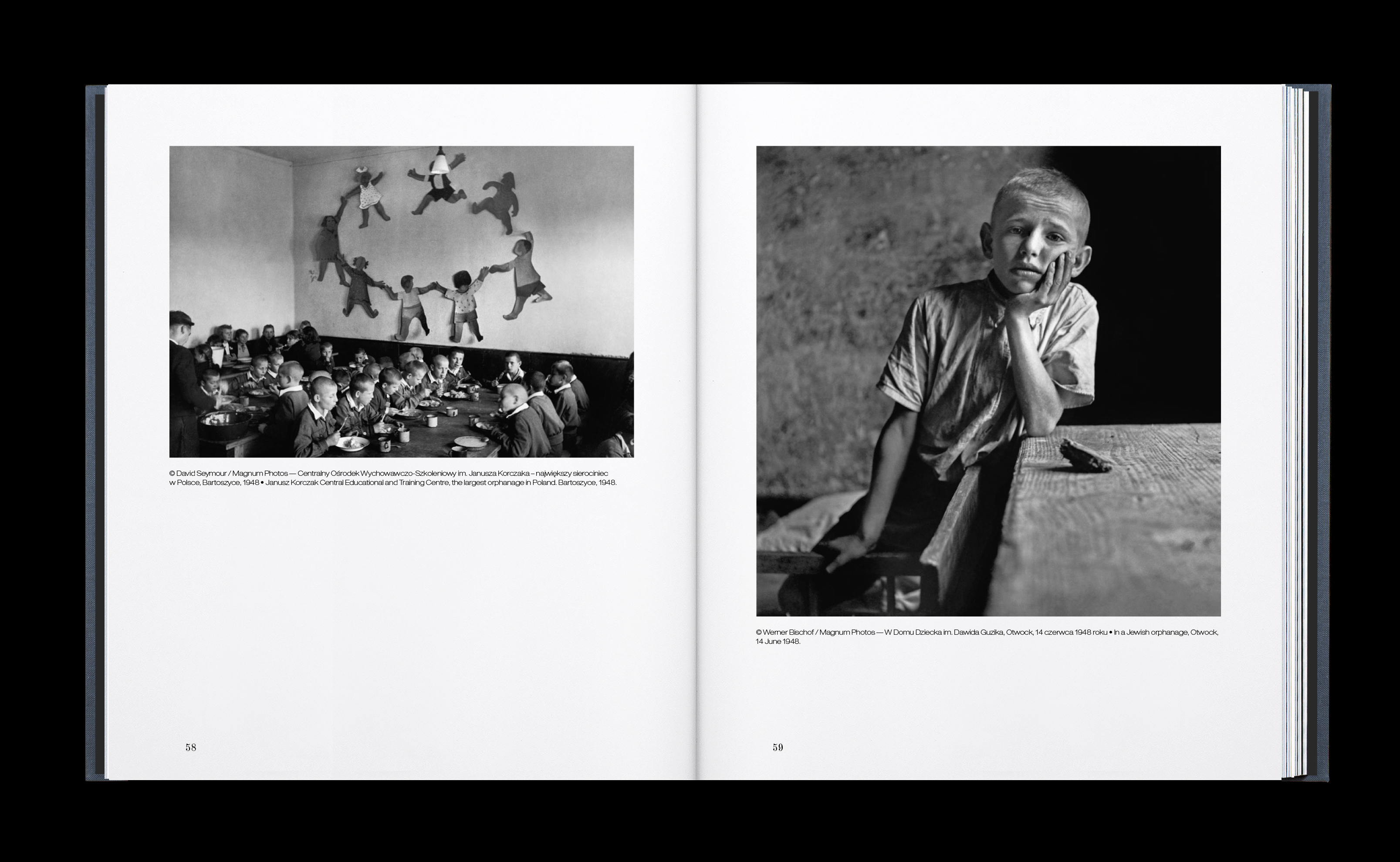

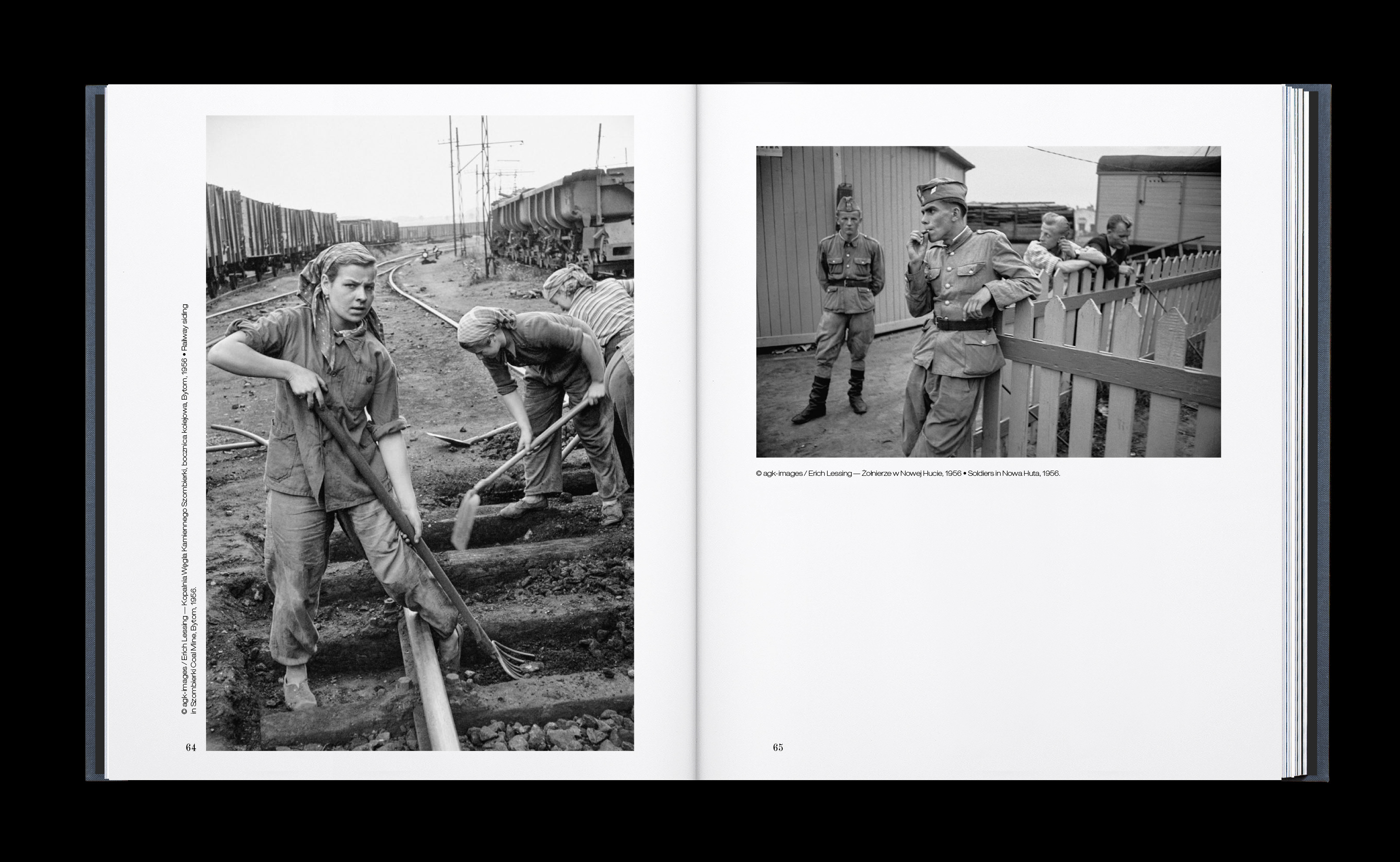




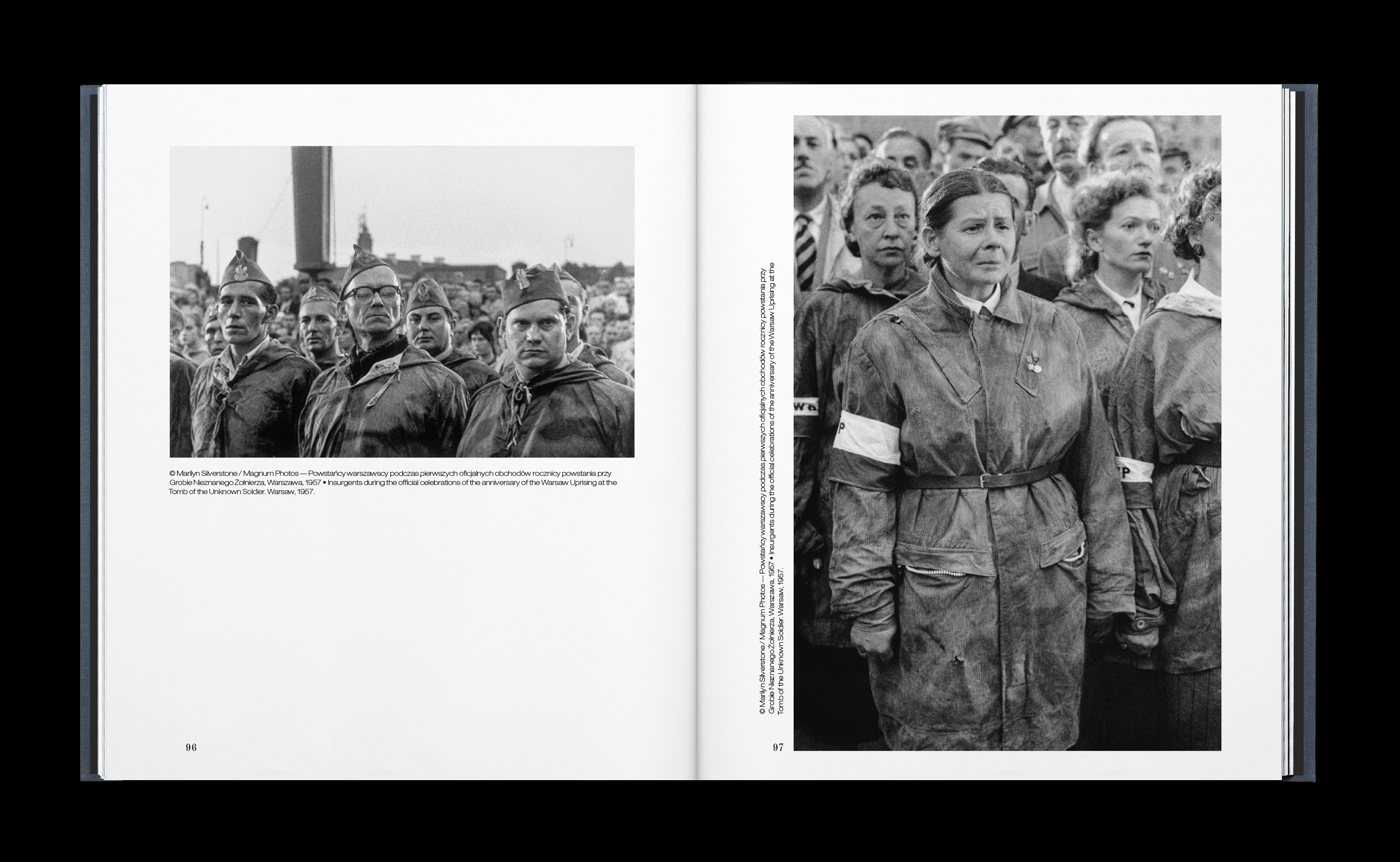
They traveled all over Poland. They were in Warsaw, Gdańsk, Katowice and other Silesian cities, in Częstochowa, Kraków, Nowa Huta, and Poronin. Poland was an "exotic" and interesting country for them, where the influence of communism and the Catholic Church clashed for the "government of souls". Poles, compared to other communist-ruled countries, were distinguished by their ardent religiosity, which was surprising for people from Western Europe; this topic was a frequent recurrence in the materials he produced. On the other hand, photographers were looking for ways to show the impact of politics on the lives of people in our country - from propaganda murals praising the achievements of the 6-Year Plan to the enthusiastic reception of General Charles de Gaulle, France, when hundreds of thousands of people greeted him on the streets of Polish cities.
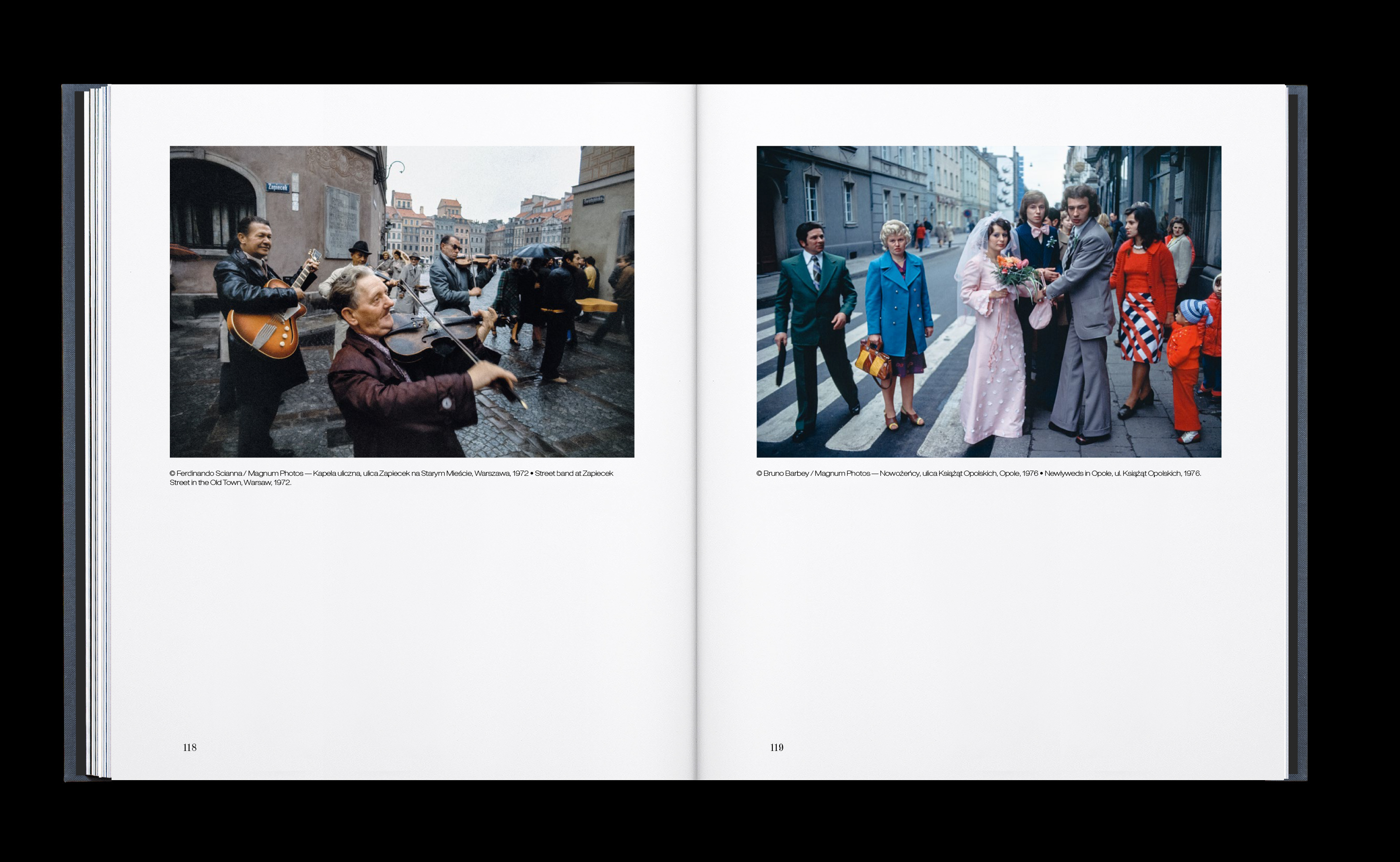
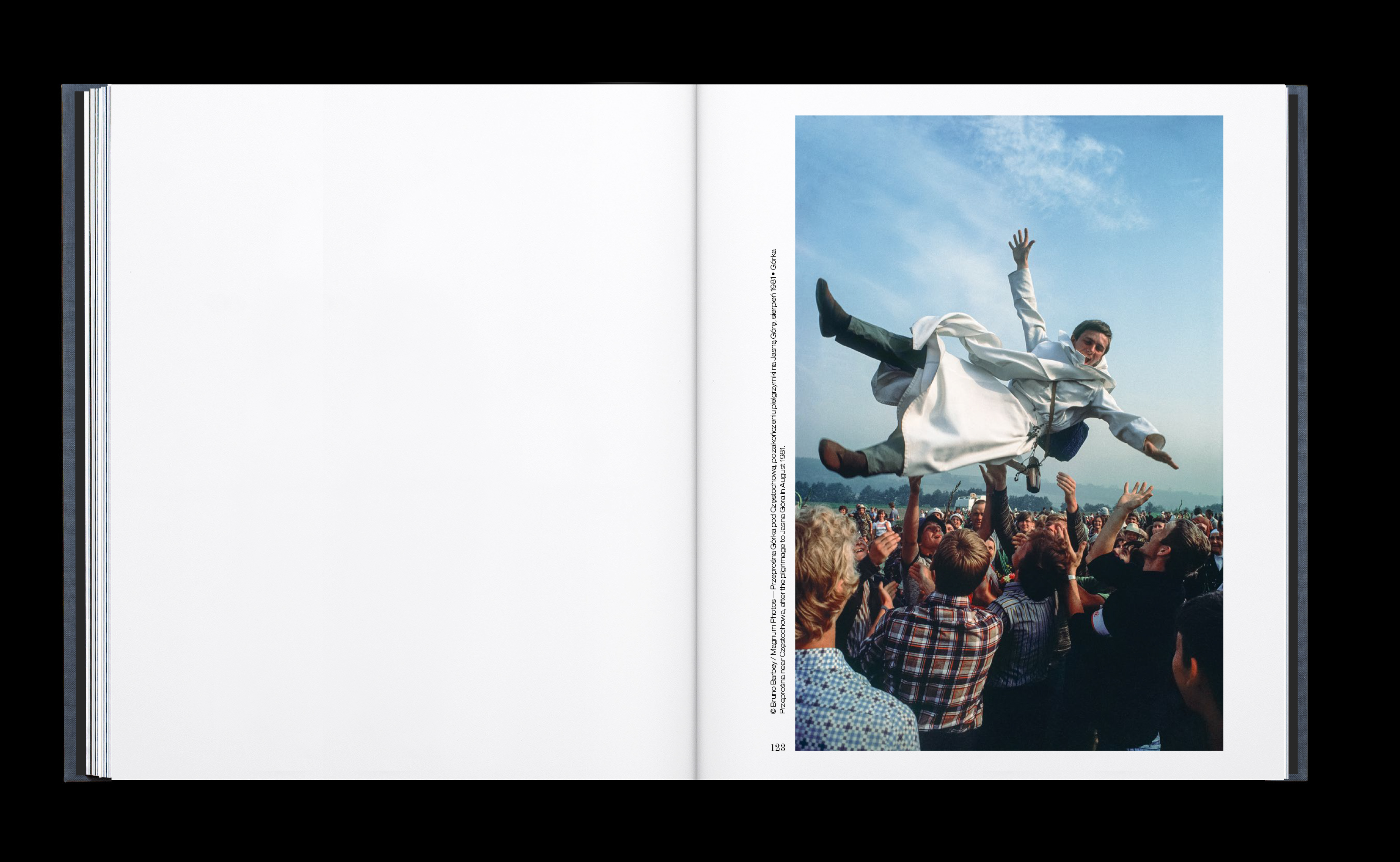
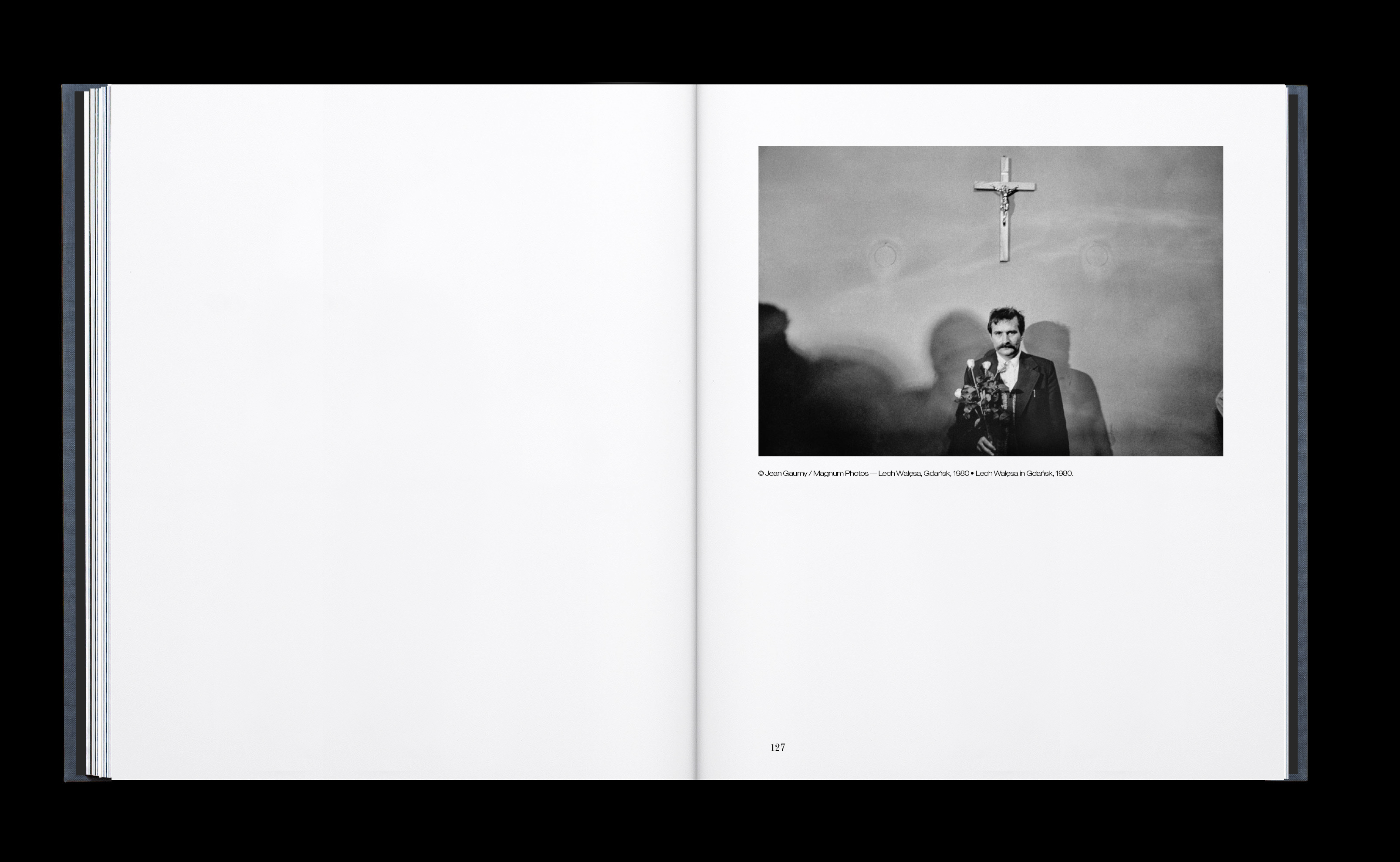





Thank you!
Follow: @gosiastolinska
Follow: @gosiastolinska
FUTURE PERFECT by Zosia Promińska
FUTURE PERFECT is an impressive collection of portraits of prepubescent models photographed by Zosia Promińska. Carefully staged within the intimate spaces of their bedrooms and surrounded by small details reflecting their teenage or even childish reality. Early contracts with professional model agencies for when they turn 16, create hope and drive expectations. But not all will develop into the standards of today’s fashion world. What impact does this create to these individuals?
Words by Danaé Panchaud
Published by Kehrer Verlag
©2021 Kehrer Verlag Heidelberg,
Zosia Promińska and Danaé Panchaud
Words by Danaé Panchaud
Published by Kehrer Verlag
©2021 Kehrer Verlag Heidelberg,
Zosia Promińska and Danaé Panchaud

Zosia Promińska (b. 1985) approaches the subject matter for very personal reasons. The artist herself is a former model and knows only too well of the exploration in the fashion industry and how the pressures of fitting into specific criteria can influence the life of a teenager.


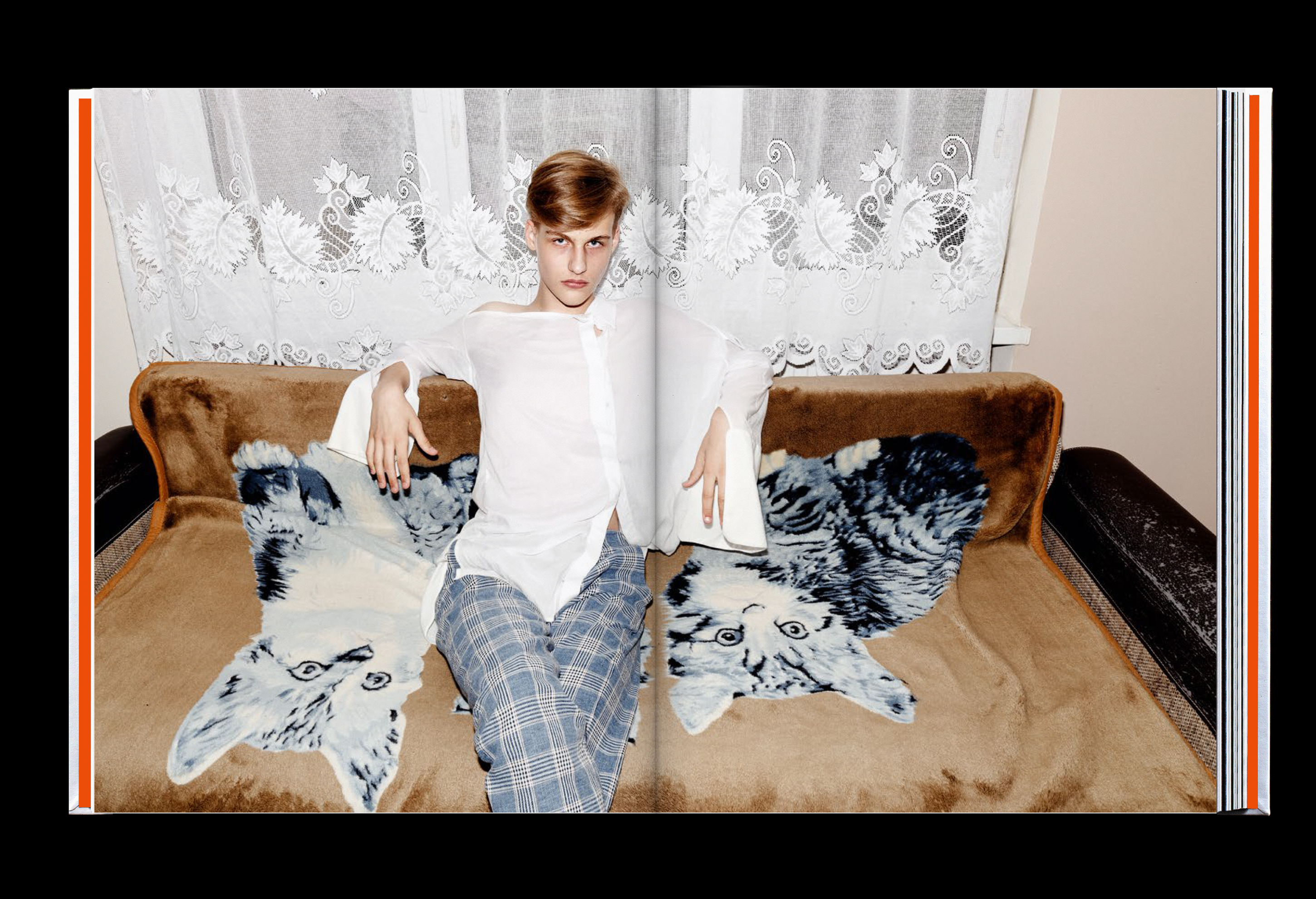

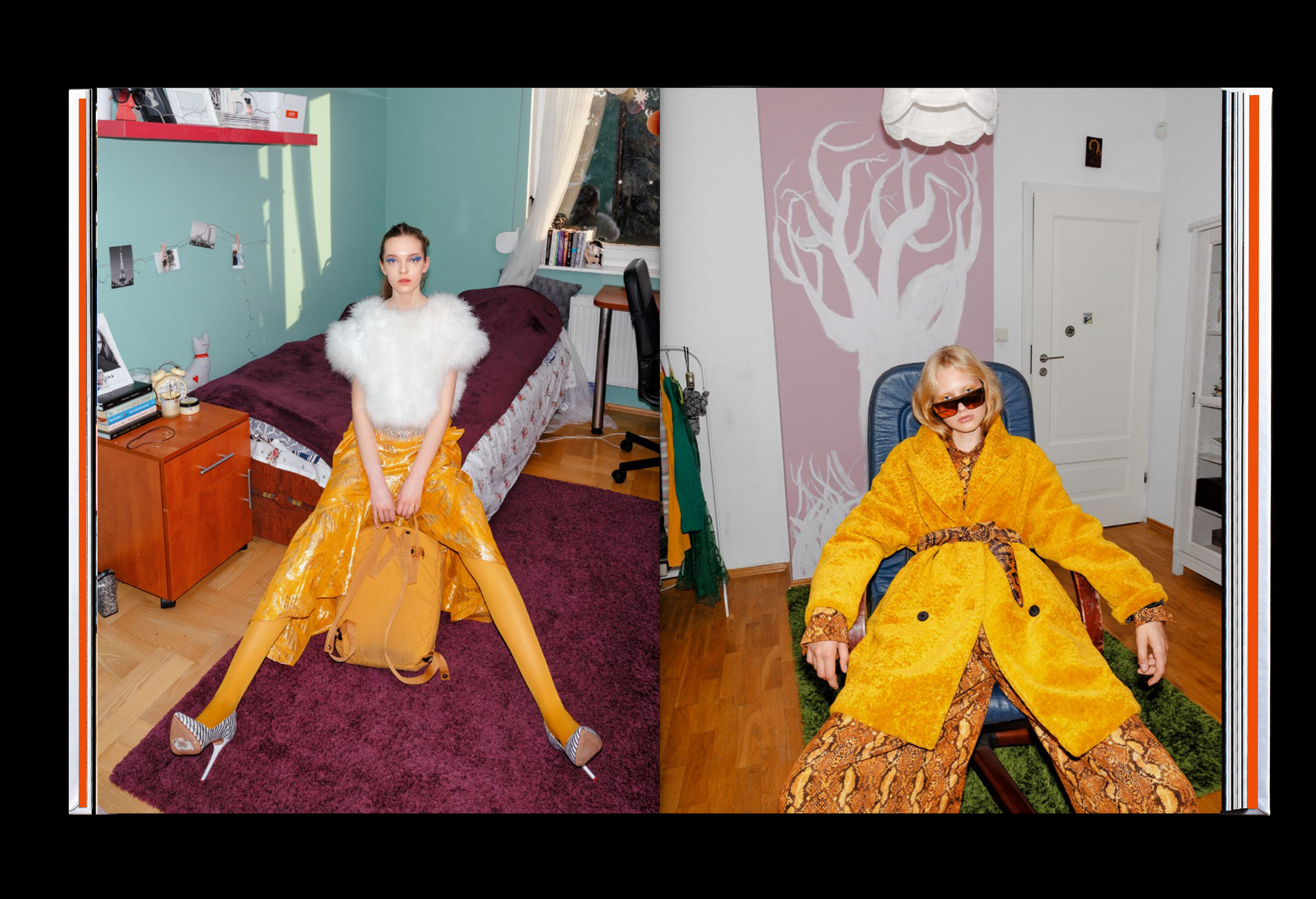
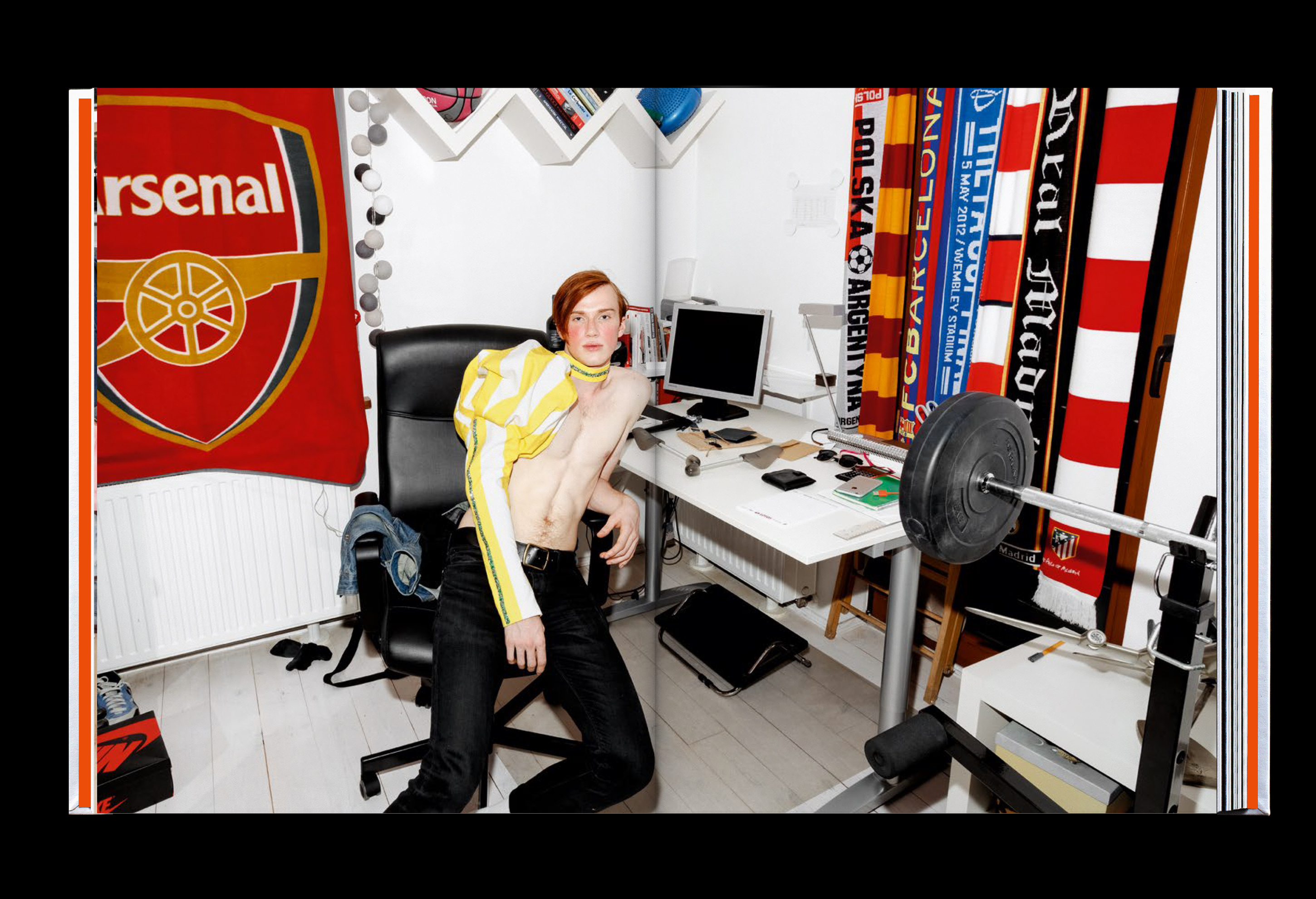

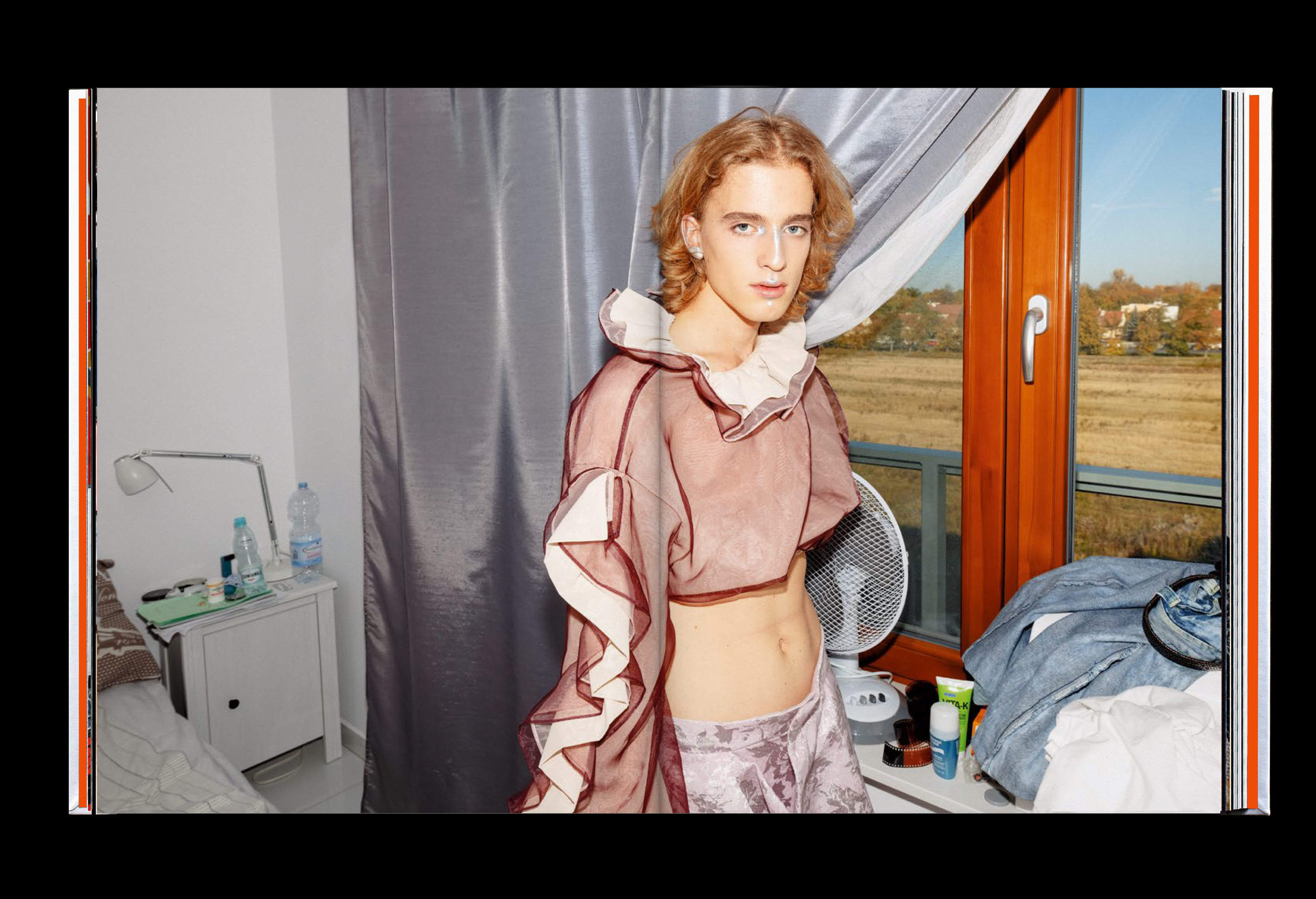
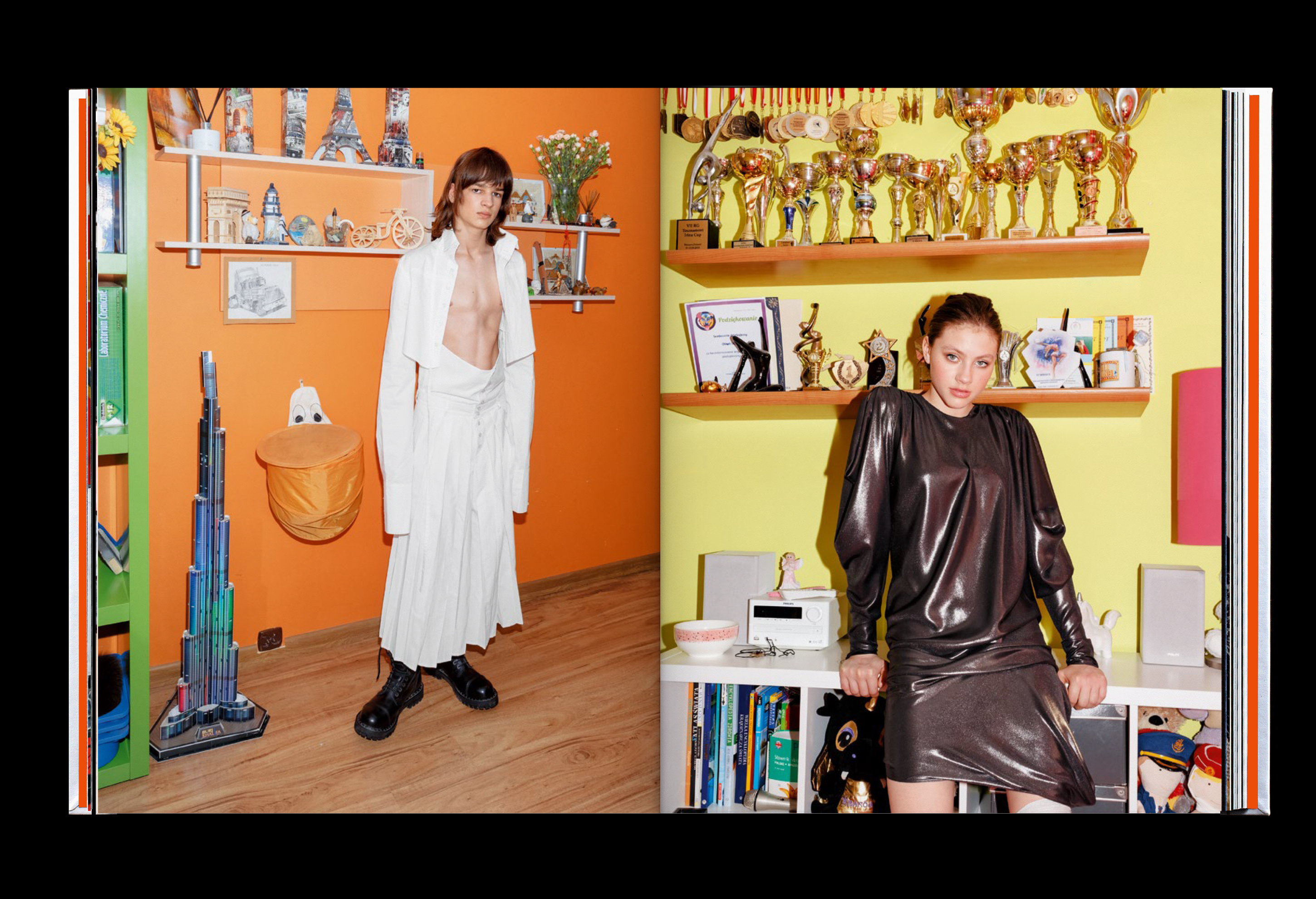



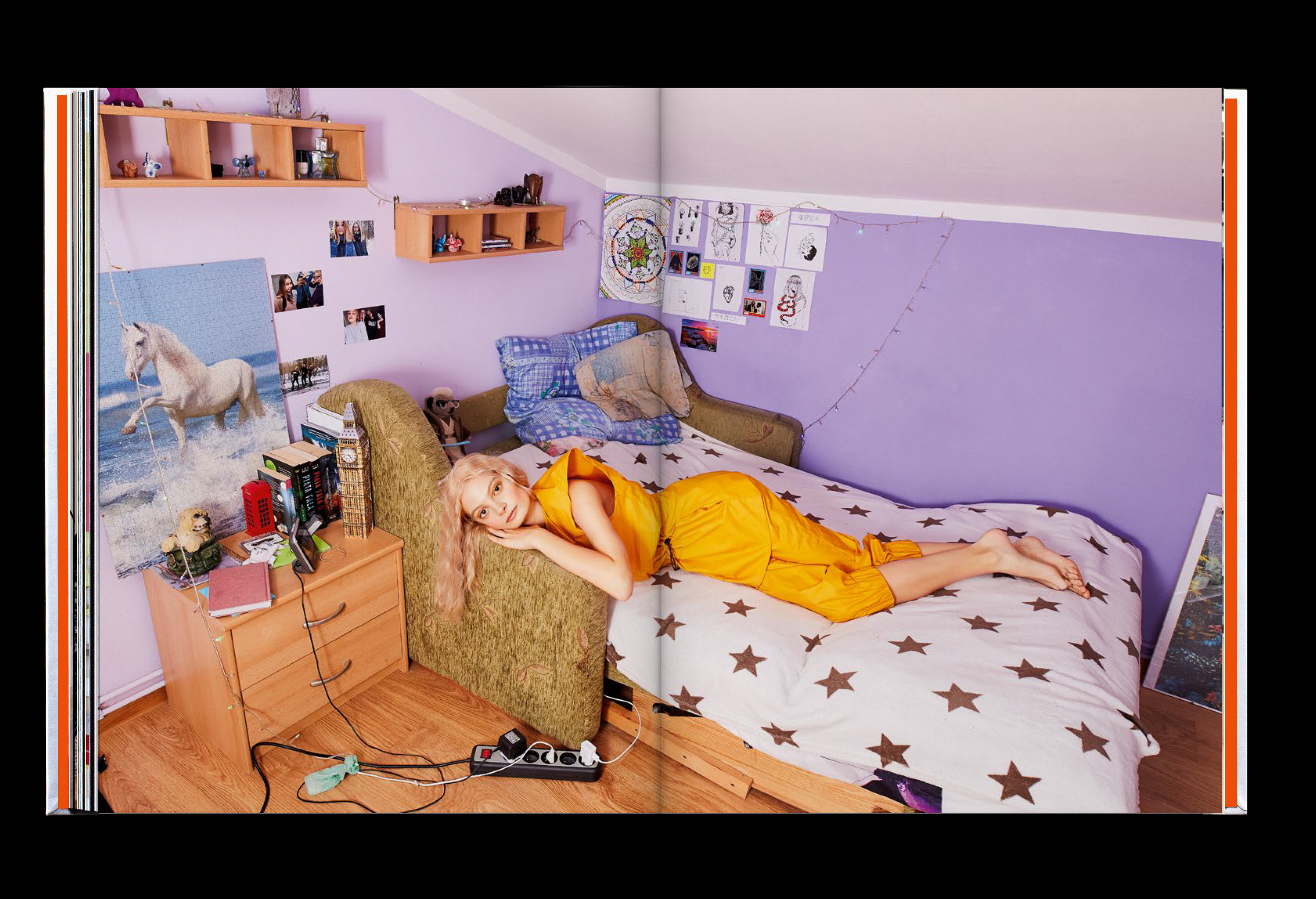


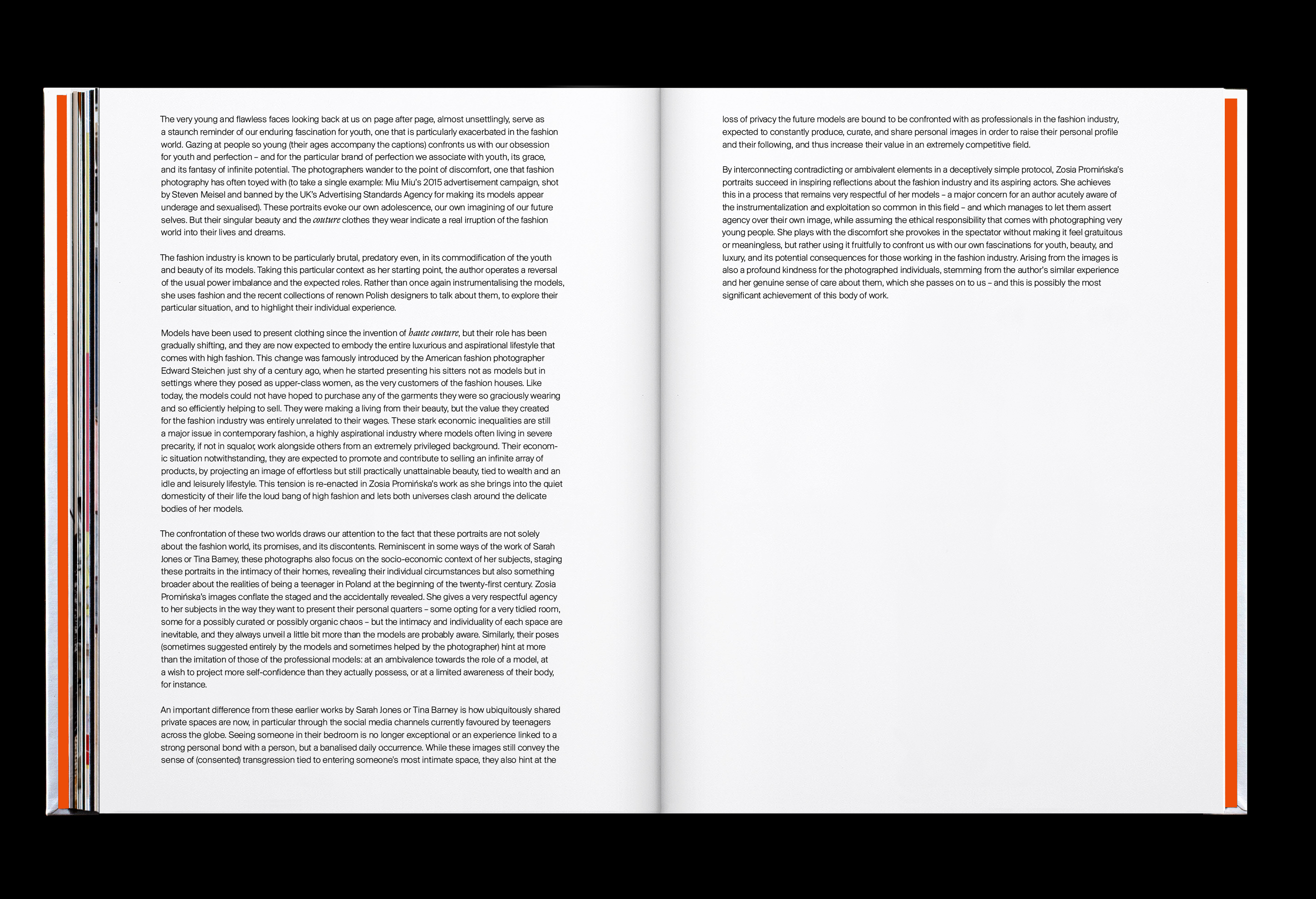
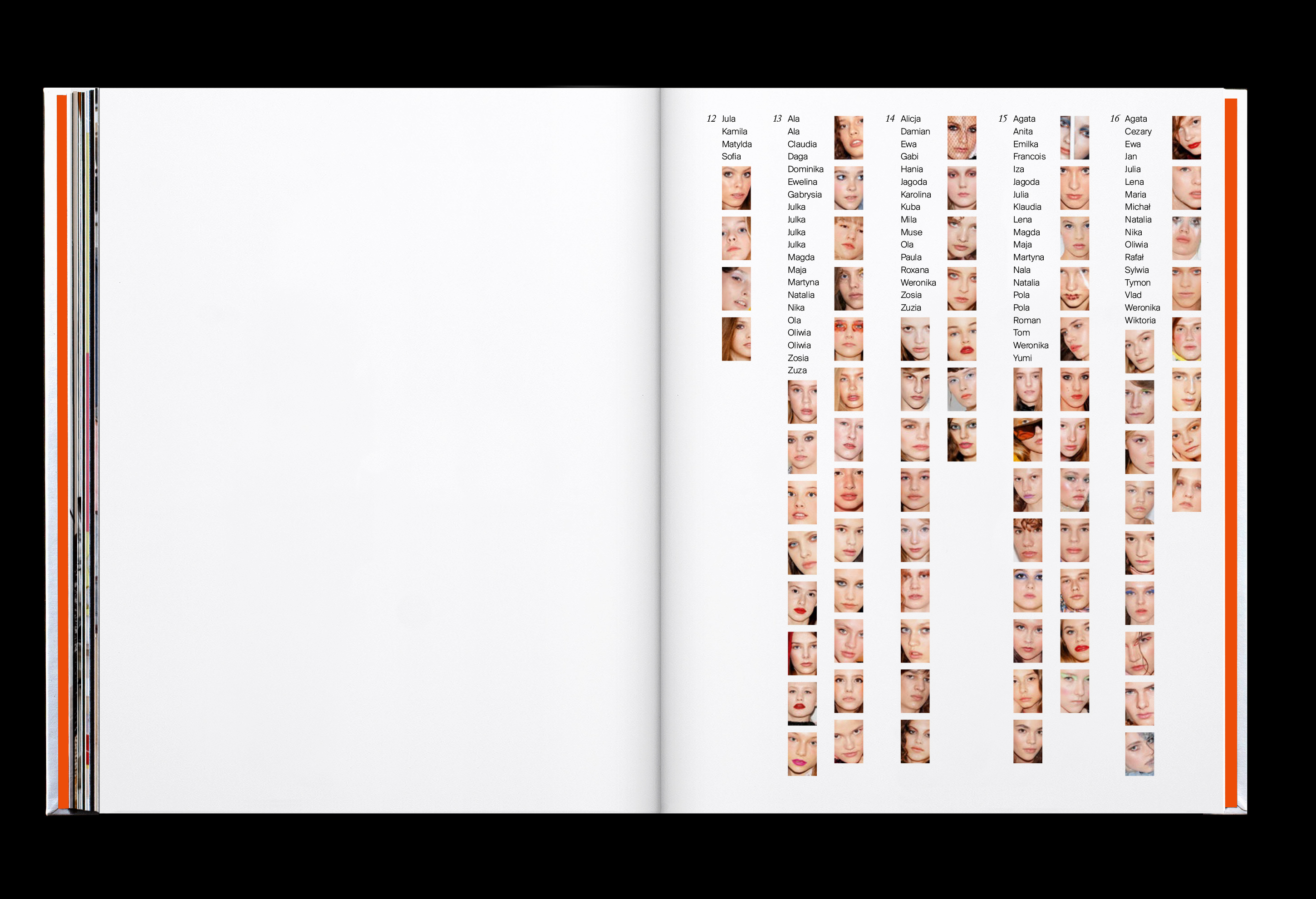
Brightlight + Oripeau project.
175x91cm of “Brightlight” for @oripeau project.
Shines for a week in Montréal.
Project n°195. 02/07/2020.
Oripeau project: Urban space 16200cm² display panel seeking visuals to be seen. Exhibition time to public: 1 week.
Montréal vs Nantes.
Montréal vs Nantes.


